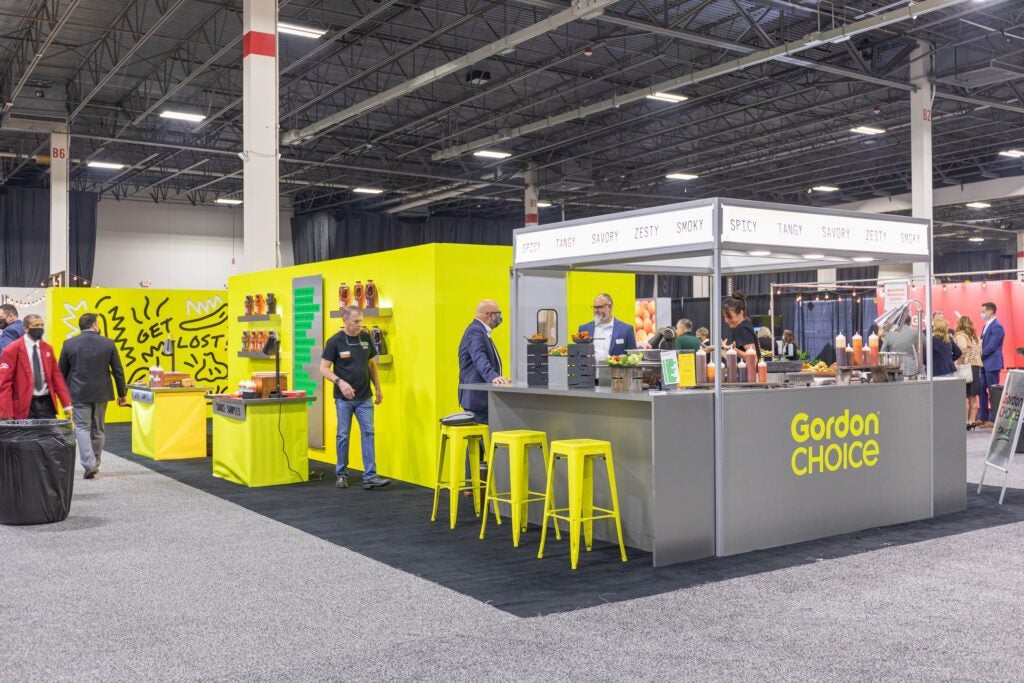The full-service commercial foodservice industry has experienced decreasing traffic and most sales increases coming from higher menu prices. This model for success may become less sustainable. Consumers simply won’t accept higher prices without improvement in the overall experience. Operators will need to adjust to rising labor costs and regular food inflation while finding a way to concurrently grow margin and sales.
Look inward
Start by conducting a regular financial assessment—at least annually and as frequently as quarterly, focusing on the three key areas of P and L (profit and loss).
1. Cost of goods sold. Gauge where you are financially compared to the industry. The National Restaurant Association’s Restaurant Industry Operations Report offers a great way to compare financial performance on a wide variety of datasets.
To take action: Use the information you collect to implement changes.
- Re-engineer, reprice or eliminate menu items.
- Calculate roughly 2.5%-3.0% food inflation and focus specifically on proteins, fruits, vegetables and dairy within specific categories.
- Reduce the size of your core menu items for both food and beverage.
- Map out a quarterly limited-time offer strategy.
2. Labor. Benchmark your labor performance against the industry. Conduct a labor review of all recipes with the goal of “boiling out” labor costs. Focus on proactive scheduling so your target percentage before you start the week.
To take action: Rethink your overall labor strategy.
- Review every recipe and its labor impact.
- Find already-prepared ingredients that protect your brand.
- Evaluate and reduce or eliminate hours on ancillary roles.
- Rethink plating and to-go presentations to reduce effort.
- Consider consolidation and elimination of hours for non-revenue generating roles
3. Operating expenses. Evaluate each line item’s impact on operating costs.
To take action. Challenge costs like rent, insurance and maintenance agreements. Negotiating (or renegotiating) these “fixed” costs can help.
Look outward
Building traffic requires operators to accommodate where and how guests consume food. To drive more regular in-house dining, focus on building sales through items you can price below your current guest check average.
The goal here is not a “value meal” or “loss leader” menu. You want to increase margins while maintaining the quality perception of your brand. You can do that by satisfying consumer desire for new and novel dining experiences.
Shared plates. Larger shared plates allow consumers to spend a little less per person than they would on a full entrée while still enjoying a distinctive experience.
Smaller plates. Smaller plates allow consumers to “sample” the menu through multiple items and tapas-like offerings. Consumers may spend less per plate, but it’s likely that the overall table may spend more than if they each ordered entrées.
Smaller portions. As the new year begins, consider that many guests may be in the mindset to reduce food portions (even if for a short time). As with smaller plates, the consumer spend is friendly and you can maintain margin as a percent.
It is important to get your team on board to advance your goal of higher guest frequency. Establish and post measures of success before you start making changes.
Ask your Gordon Food Service Sales Representative for steps you can take to grow your margin in ways that go beyond menu price increases.










